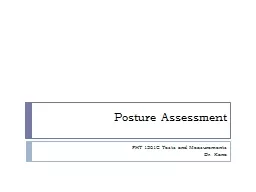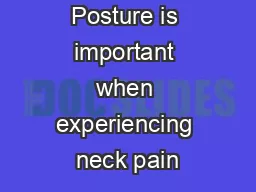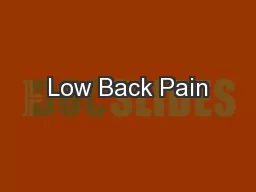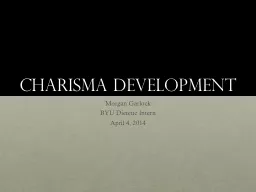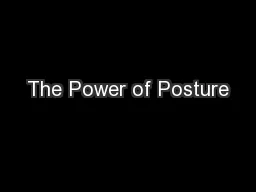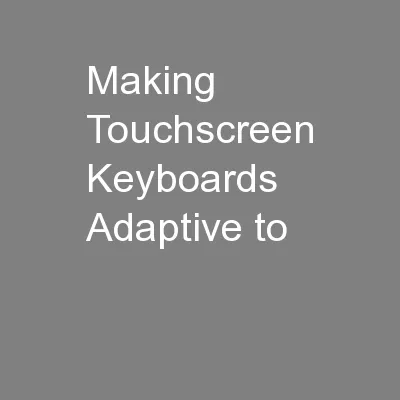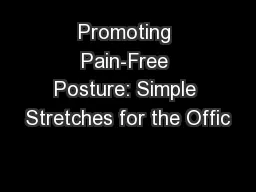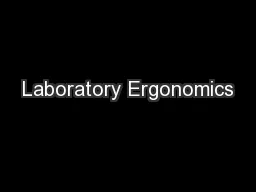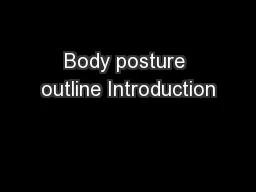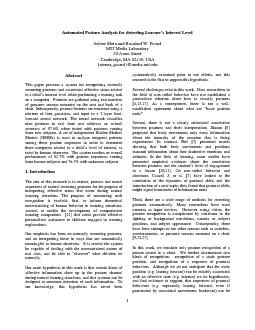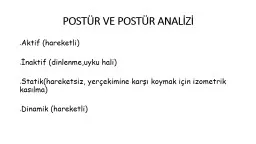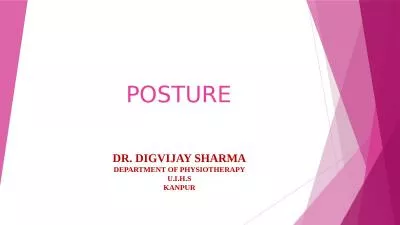PPT-Posture Assessment
Author : cheryl-pisano | Published Date : 2016-06-20
PHT 1261C Tests and Measurements Dr Kane Posture Assessment Strength and length of muscles must be balanced Based on force couple principles Must be addressed esp
Presentation Embed Code
Download Presentation
Download Presentation The PPT/PDF document "Posture Assessment" is the property of its rightful owner. Permission is granted to download and print the materials on this website for personal, non-commercial use only, and to display it on your personal computer provided you do not modify the materials and that you retain all copyright notices contained in the materials. By downloading content from our website, you accept the terms of this agreement.
Posture Assessment: Transcript
Download Rules Of Document
"Posture Assessment"The content belongs to its owner. You may download and print it for personal use, without modification, and keep all copyright notices. By downloading, you agree to these terms.
Related Documents

